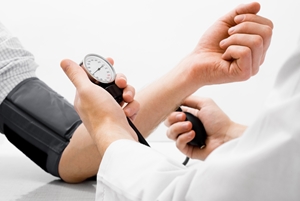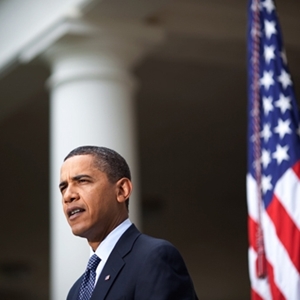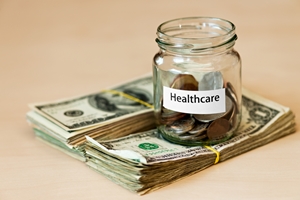
In contrast to what several other surveys have suggested, more Americans are finding it easier to cover expenses related to health care, thanks to the greater availability of health care made possible via the passage of the Affordable Care Act, a new report claims.
Among consumers 18 to 64 years of age, a larger percentage is able to afford health care coverage, according to a recent analysis conducted by the Agency for Healthcare Research and Quality, an arm of the U.S. Department of Health and Human Services. Low-income Americans have seen their health care costs drop the most. This is particularly true among U.S. adults under the age of 65 and also making less than the federal poverty level – which to be eligible for the Children's Health Insurance Program is earning $24,300 for a family of four. Lower health care expenses have also been made possible through subsidies from the government. HHS announced earlier this year how 80 percent of customers who use HealthCare.gov can qualify for tax credits.
Feds say ACA is working
Sharon Arnold, Ph.D, AHRQ deputy director, said that this latest analysis suggests that the health care overhaul has had its intended effects.
"These new data demonstrate that the Affordable Care Act is achieving its goal of helping millions of Americans gain health care coverage, with the most substantial progress shown among young adults and the poor," Arnold explained.
More commonly referred to as Obamacare, the ACA has been particularly effective in lowering the country's uninsured population. Since the legislation was signed into law in 2010, the percentage of uninsured 18- to 29-year-olds has plummeted from 31 percent to 15 percent, the AHRQ poll revealed. Meanwhile, among 65-and-under Americans who had been uninsured, the rate has since dropped to 10 percent from 18 percent.
U.S. uninsured rate down in several polls
Polling data from Gallup detailing the rate of people without individual plans or employee benefits has shown similar trends over the past several years. In its most recent analysis, the uninsured rate in America reached 11 percent through the first three months of 2016, down from nearly 18 percent just prior to the law going into effect a few years ago.
More Americans also have a primary care physician who they're able to see when health services are needed. This is particularly true for minorities. For instance, among Hispanics, 83 percent had a "usual place to go for medical care" through the first six months of 2015, the AHRQ study found. In 2010, slightly over 75 percent had a primary care care provider.
Other polls, however, suggest Obamacare hasn't made medical assistance much easier to obtain. Nearly 1 in 4 Americans point to cost as the U.S.' most pressing health care issue, based on a survey done by Gallup this past November, virtually unchanged from a similar study done in 2013. Additionally, 1 in 5 said the biggest problem is access, up from 16 percent.





